Snapshots of the West During the Pandemic
This spring, photographer Kiliii Yuyan gathered his camera equipment and, practicing social-distancing guidelines, explored the West Coast to find out how it's been faring in the age of COVID-19
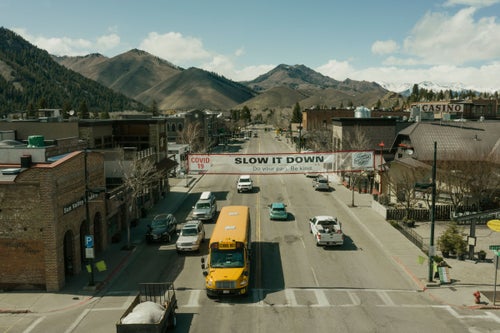
This photo project was done in partnership with High Country News. You can see more of Yuyan’s work on its website here.
Photographer Kiliii Yuyan stumbled across a lone woman on the beach by accident. Flying his drone over Oregon’s iconic northern coastline at the start of the pandemic, he expected to capture miles of empty sand. Instead, in the midst of giant swaths of deserted shore, he saw a tiny figure on his UAV screen, weaving and bobbing in front of the waves.
“As I got closer,” he says, “I finally realized she was dancing—whirling and twirling on the sand. It was so beautiful.”
Yuyan describes this as his favorite moment during a road trip this spring to capture the American West amid the pandemic.
Traveling around Oregon, Washington, Utah, and Idaho, the photographer spoke with people getting outside during the COVID-19 crisis, asking each the same questions: How has the virus affected you personally? And what advice do you have for humanity right now?
Yuyan’s own advice is simple: “The more you know, the less you need. That’s one of the things they say in the survival-skills world,” he says, drawing on wisdom he got from working with the likes of Lynx Vilden. “I think we’re having to look inward a lot during this time.”
Photo: For a period during the pandemic, the Sun Valley Resort town of Ketchum, Idaho, had one of the highest caseloads of COVID-19 per capita in the nation.
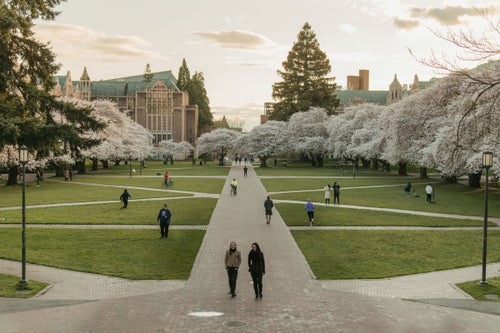
Cherry blossoms blooming on the University of Washington’s campus days after its March closure. Groups of Seattleites came out to see them, albeit in small and socially distanced groups.
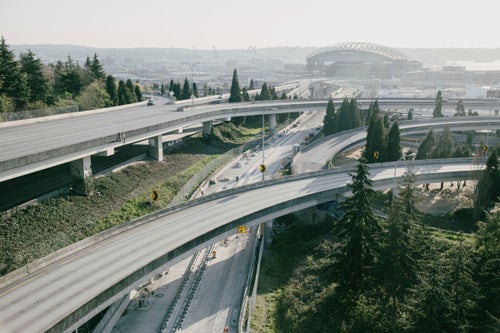
Normally packed highway junctures in Seattle, near the city’s stadiums, saw traffic reduced to a trickle in early April.
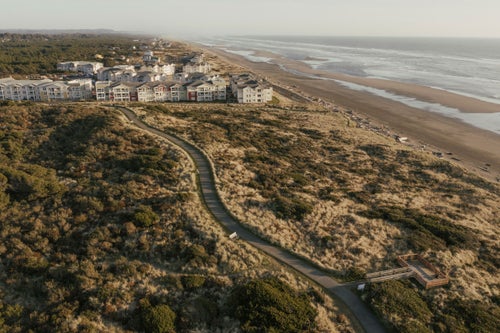
A bird’s-eye view of a beautiful evening in Westport, Washington, a destination for both tourists and surfers alike in better times. Closed parking lots meant the rare beachgoer had to hike in for miles if they wanted to hit the sand.

Surf kayaker Chris Welch carrying a retro Wold Ski from the eighties at a Westport beach in April. “I hope people are able to get back in touch with nature right now,” says Welch. “I see a lot of overemphasis on work here in America. The air is cleaning up around the planet right now. Maybe we can learn from this.”
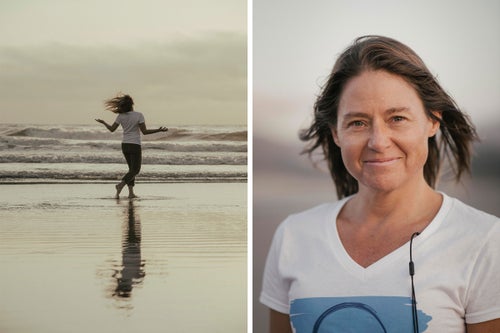
Lila Danielle, creator of Beach Dance, an event series that invites participants to interpretive-dance in natural settings, twirls on her hometown shore in Cannon Beach, Oregon. “I can’t not dance. If I sit inside, it’s not the best way to be emotionally and mentally healthy,” says Danielle. “If I can move what I feel inside through me, I feel much better.”

“The natural beauty here calls me,” says Danielle. “Deep healing can be found here. It brings me peace.”
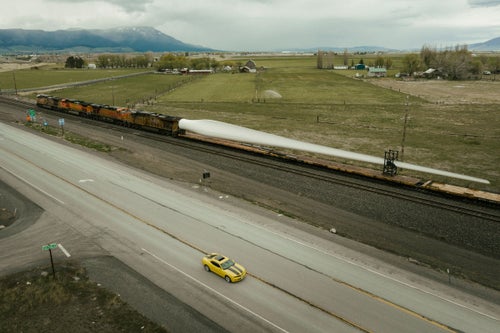
With automobile traffic greatly reduced during the coronavirus crisis, few cars were out on the road in rural eastern Oregon in April.
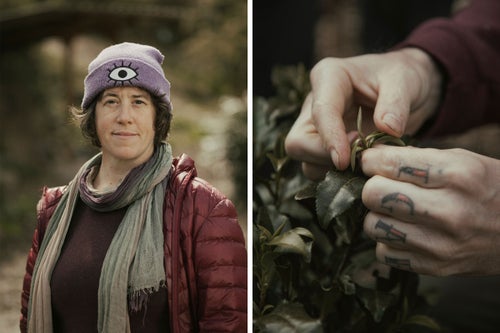
Ginger Edwards, an organic farmer and a co-owner of North Fork 53 Tea Gardens, is self-isolating at her farm in Nehalem, Oregon.
“I used to live off-grid, so I used to think about resilience 24/7,” she says. “But over time, I began to think about hosting all these other things at our farmstead. The pandemic brought me back to my roots, thinking about resiliency. The positive thing is, we’re putting in more gardens—we’re really focused on growing.”
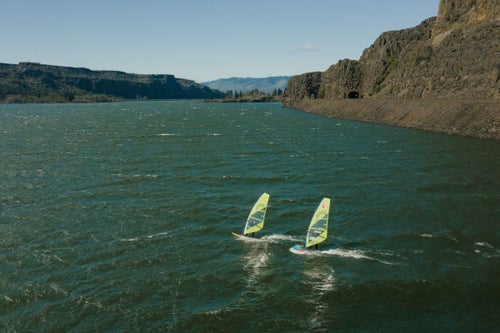
Windsurfers from Hood River, Oregon, found a way to get out and recreate during the state’s lockdown in April.
“Windsurfing is one of the few activities we can do without being near other people,” says Kelsey Cardwell, one of the participants pictured here and below. “We want to set a good example for everyone else—we don’t want to flaunt access to the outdoors. That’s why we’re not getting outside nearly as much as we otherwise would.”